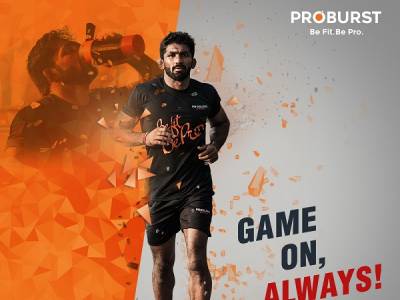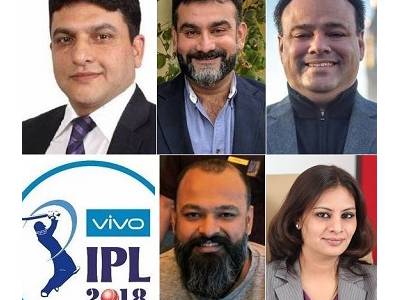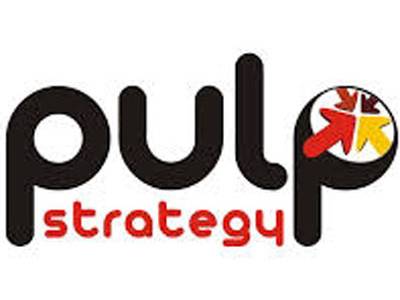120 mn+ mobile users in India use in-built ad-blockers: Ambika Sharma
Ambika Sharma, Founder, Pulp Strategy, traces the growing use of ad-blockers by mobile and we users and the challenges they pose to publishers and advertisers alike.
How much are these ad-blockers costing the advertisers as well as media publishers in terms of revenue?
Ad-blocking is going to cost $27 billion to publishers in terms of lost opportunity by 2020, across the globe. As per another study by Page Fair, ad-blocking had cost $74 million to Indian publishers in the second quarter of June alone. The hidden impact is also the loss of faith in a channel, which was among the fastest growing, is a concern on the planning side.
How big is the problem of ad-blocking in India?
The problem of ad-blocking in India is relatively new, but increasing. Although a user may not voluntarily go and download an ad-block software, various web-browsers have the same software in-built. Hence, unknowingly, a rising number of users are contributing towards the ad-blocking chaos spreading widely in the market. The problem gains further significance in the mobile world, since over 120 million mobile users in India are using web-browsers with in-built ad-blocking mechanism.
How would the phenomenon of ad-blocking affect the campaigns of the advertisers?
The challenge is that ad-blocking software puts every advertisement in the same category. Hence, the campaigns which are meant to educate or evoke a response from users would be simply blocked, hence never reaching the target viewers. Since advertisements are quick and cost-effective, there is a huge loss of opportunity for the marketers endeavouring to increase their reach in less time. However, native advertising is one solution and on the flip side publishers have sped up their deployment of native ad options.
What are the challenges that ad-blocking pose to publishers as well as advertisers?
Since ad-blocking has become the road block to the reach publishers and advertisers erstwhile enjoyed, the biggest challenge is to reach out to the consumers and convince them to start viewing the advertisements and the campaigns again. The time once again calls upon the advertisers and publishers to be more creative and provide compelling content to the present day consumers.
What are the ways in which publishers and advertisers can utilise to convince not to use ad-blockers?
Sites like The Times of India and Hindustan Times have started sending out a message to users, asking them to stop using the ad-blockers. That should help, since most of the users themselves are unaware of using browsers that automatically block advertisements. Transparency works – being honest in our communication, and making our advertising engaging as well as vibrant, if we do this, there will be fewer instances of consumers not wanting the ads or looking to block them. Go Native – native ads are less intrusive and offer valuable content. Lastly, it is our responsibility as publishers and advertisers to ensure that the advertisements posted on our websites are safe, not compromising the security and privacy of the users.
What do digital marketers need to do in terms of attention economics?
Programmatic marketing which delivers content based on detailed interest, Opt in options which allow for choices, and of course, high quality of content that builds engagement.
How far can shorter ad formats help brands to meet changing audience demand?
In the digital world, less is always more. Users would be more inclined towards watching an advertisement, knowing that it is only going to run for 5 seconds. Furthermore, if advertisers are able to push the bounds of creativity and are able to get the message across within a short span of time, it would work wonders in promoting the brand or the cause.
What kind of challenges does the increasing adoption of ad-block technology pose?
There are sites which are getting as much as 96 per cent of their revenue only from the advertisements. This includes the top social networking sites, such as Facebook. The increase in the adoption of ad-block technology poses a question mark at the longevity of such platforms.
Besides, with the increase in ad-block technology, publishers who have been providing content free of cost in the digital domain would perhaps have to start monetising the same in times to come, since the advertisement revenue will plummet.
Could you explain how FB has been using technology to beat ad-blockers?
Facebook announced that it would start trying to circumvent users with ad-blocking software and show them ads. It is the dark path, taking away user choice and forcing ads down the user’s throat, however they also have indicated that they will be looking at quality of advertising and content that the advertisers are putting out for the users. That will be a more long term approach.




















Share
Facebook
YouTube
Tweet
Twitter
LinkedIn